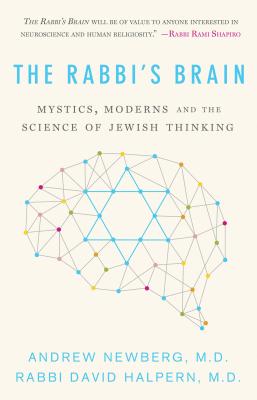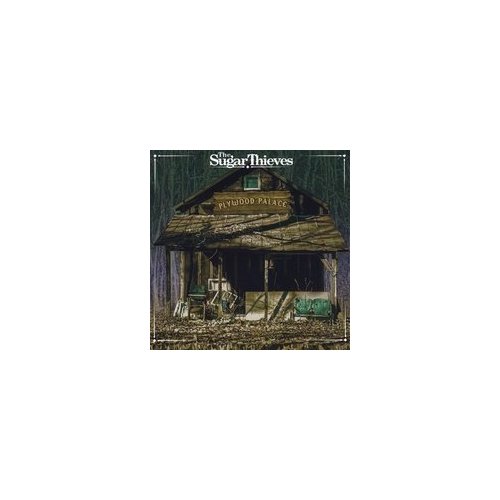
description
rs completely absorbing portrayals of Jews and Christians from several walks of life in the shtetl. Her primary characters are the scribe's widow Hindele, her son Yacov, the chalk vendor Yossele Abedale, and his daughter Binele. Jewish relations with neighboring Catholics are generally civil, if complicated. Despite living next door to a convent, Hindele finds the nuns' behavior implacably alien. Rosenfarb establishes an indelible sense of place, evoking its charm and the shtetl residents' ease with the natural world. Her vivid characters and portrait of the preurban, pre-Holocaust world ring true. Yet even in isolated Bociany, new ideas--socialism, Zionism, Polish nationalism, secularism--begin to challenge the shtetl's traditional agrarian and mercantile economy.
member goods
No member items were found under this heading.
Return Policy
All sales are final
Shipping
No special shipping considerations available.
Shipping fees determined at checkout.







